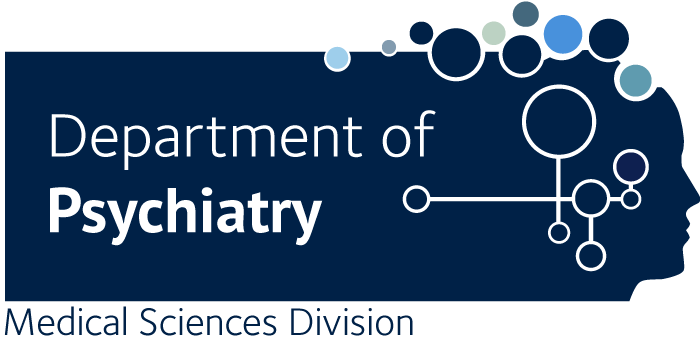With dementia set to triple by 2050, scientists are looking for ways to accelerate and innovate dementia research so that the disease can be diagnosed much earlier and prevented from progressing. Datathons provide a safe space where dementia researchers and data scientists can collaborate and answer some of the most pressing research questions on dementia.
How can machine-learning help innovate dementia research?
Over three days in May a group of 22 researchers, with backgrounds ranging from astrophysics to biomedical science, joined a Dementias Platform UK (DPUK) datathon at the University of Exeter to innovate the understanding of the origins of dementia using machine learning.
The researchers interrogated real-world clinical data looking at health trajectories in those with mild cognitive impairment (MCI), temporal clustering of dementia diagnosis and temporal back trajectories from dementia to predict risk factors. One group identified people with a dementia diagnosis who then went on to improve in later cognitive assessments. The groups focused on three research topic areas:
- Can we create an accurate risk prediction model based on health trajectories over time using real-world data?
- Do dementia diagnosis cluster over time and is it possible to identify risk criteria of those clusters?
- Can we model the trajectory of progress from MCI to dementia diagnosis?
The datathon was incredibly inspiring. What gives me great hope is that all of the groups are intending to take their collaborative work through to publication to enable other researchers to share their insights.Dr Sarah Bauermeister, Senior Researcher & Senior Data Manager at University of Oxford.
“Machine learning helps researchers speed up of the process of analysing complex and varied real world data and assists in developing prediction models for dementia. The power of machine learning tools are that they can quickly extract features in the data – like improvements in cognitive scores over time by those with a dementia diagnosis. I’m very much looking forward to an analysis of which factors influence cognitive improvement including the origins of potential misdiagnosis”.
Dr David Llewelyn, Associate Professor of Neuroepidemiology and Digital Health, at the University of Exeter Medical School, said: “The Datathon was a fantastic success largely because of the talented, diverse and engaged people who came. It was a great example of how different organisations can work together to really drive things forward”.
The Datathon is supported by the Alan Turing Institute, Alzheimer’s Research UK, Dementias Platform UK and the University of Exeter.
Further information:
- Why we need a machine learning datathon to combat dementia by Prof David Llewellyn, University of Exeter
- Apply to join a DPUK datathon


